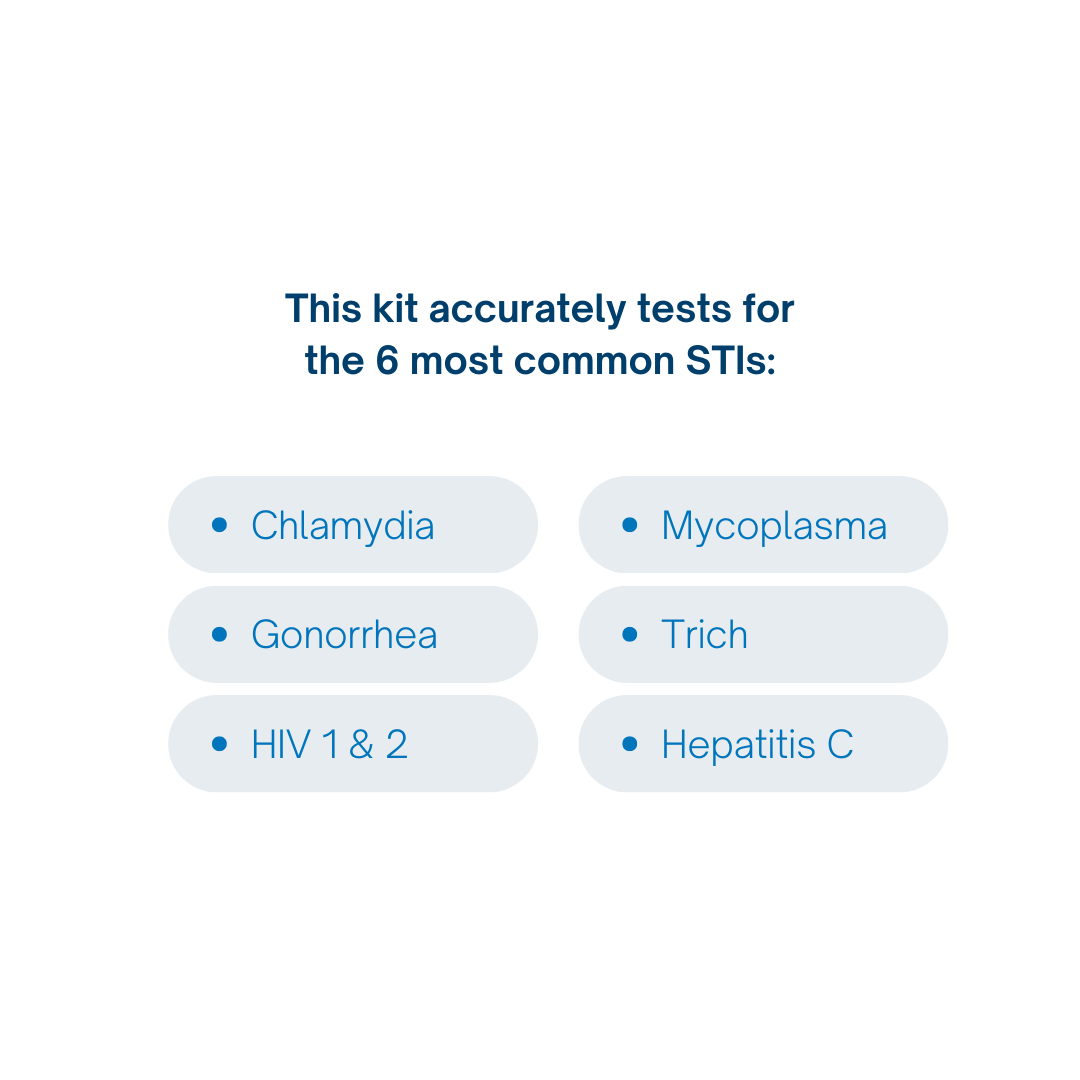When it comes to testing for sexually transmitted diseases (STDs), there are several methods available, each with its own set of benefits and drawbacks. While traditional in-person doctor visits remain a common approach, advances in telehealth and digital solutions now provide alternative testing options, including at-home and lab-based testing. Understanding the pros and cons of each can help you make an informed decision about the best approach for your health needs.

Traditional Doctor’s Visit: The Conventional Approach
Historically, visiting a doctor’s office for STD testing has been the standard. This process involves multiple steps: consultation, appointment scheduling, sample collection, follow-up visits, and result discussions. Each step can be time-consuming and often requires you to spend time in a waiting room, which can be awkward and inconvenient. Despite its familiarity, this method can feel outdated and less efficient compared to modern alternatives.
The Rise of Telehealth and Remote Testing Options
With the increasing availability of telehealth services, individuals can now access healthcare remotely, including STD testing. These services offer a convenient and private way to manage your sexual health without needing to visit a healthcare provider in person. Two main alternatives have emerged:
At-Home STD Testing
Direct-to-Lab STD Testing
While both methods provide convenient solutions, it’s essential to understand their respective advantages and limitations.
At-Home STD Testing: Privacy and Convenience
At-home STD testing has gained popularity due to its convenience and privacy. Here’s a breakdown of what makes this option appealing:
Convenience: You can order a test online or pick up a kit from a pharmacy. The kit typically includes everything you need: collection devices (e.g., swabs or urine samples), instructions, and a prepaid envelope for sending the sample back to the lab. Once the sample is received, results are usually available within a few days to a week.
Cost-Effectiveness: Home testing kits are generally more affordable than traditional doctor visits, especially for those without insurance or with high-deductible plans. Some kits may even be covered by insurance or available at low or no cost through community resources.
However, there are notable downsides to consider:
Lack of Professional Supervision: Unlike a doctor’s visit, you won’t have immediate access to medical professionals who can provide guidance, answer questions, or offer counseling on prevention and treatment.
Potential for Inaccurate Results: At-home tests can be less reliable, particularly if the sample is collected improperly or if the instructions aren’t followed precisely. This can lead to false-negative results, delaying diagnosis and treatment.
Privacy Risks: While marketed as private, there’s always the risk that someone may find out about your test. For example, someone could see the kit in the mail or recognize it at the pharmacy.
Stigma and Discrimination: Testing positive for an STD can lead to feelings of shame, and individuals may fear social stigma, especially in vulnerable communities such as LGBTQ+ individuals or sex workers.
Lab STD Testing: Accuracy and Professional Support
Lab-based STD testing offers a more structured and professional approach. The process typically involves visiting a laboratory, either through a healthcare provider or at a dedicated testing center, to provide a sample for analysis. Here’s why many people opt for lab testing:
Accuracy and Reliability: Lab tests are conducted by trained professionals, ensuring accurate and precise results. The testing process is standardized, reducing the likelihood of false negatives.
Professional Support: Testing at a lab provides immediate access to trained healthcare providers who can offer guidance, discuss results, and recommend treatment or prevention strategies if needed.
Despite these advantages, lab testing does come with some potential drawbacks:
Time Commitment: While the testing itself is quick, you must visit a lab, which may be less convenient depending on your location. However, telehealth companies like STDcheck.com offer access to over 4,500 testing centers nationwide, making it easier to find a nearby location.
Comparison: At-Home Testing vs. Lab Testing
Let’s take a closer look at how at-home and lab testing compare across several factors:
Cost: While both options are generally more affordable than doctor visits, at-home kits can sometimes be more expensive for fewer tests. Lab tests like those offered by STDcheck.com provide more comprehensive testing at a competitive price.
Privacy: Lab testing is typically more private since the process is quick, and the results are kept confidential. At-home testing, though private in theory, has risks such as others discovering the kit or results.
Accuracy: Lab tests are CLIA-certified and conducted by professionals, ensuring high accuracy. In contrast, at-home tests have a higher chance of false negatives, which can be risky as they may lead to incorrect assumptions about your health status.
Ease and Time: Lab testing is quicker and more straightforward. You simply visit a lab for a brief sample collection, and results are typically available within 1-2 days. At-home testing can take several days to weeks due to shipping times and sample processing delays.
Results Handling: In the event of a positive result, lab testing services often connect you directly with healthcare providers who can prescribe treatment. Many at-home kits require you to find a doctor independently, and few offer additional support beyond basic counseling.
Which Option is Best for You?
While both at-home and lab testing offer distinct advantages, lab testing is generally the more reliable, accurate, and efficient option. It provides the benefits of professional supervision, accurate results, and fast access to medical support if needed. However, if privacy and convenience are your top priorities, at-home testing may still be a viable choice, provided you understand its limitations.
Ultimately, whichever method you choose, it’s important to consider factors such as cost, accuracy, privacy, and professional support. If you opt for at-home testing, make sure to research different kits and laboratories thoroughly. If you have concerns or need further guidance, consulting with a healthcare provider is always a good idea.
Remember, taking charge of your sexual health is a responsible and important decision, and there are options available to suit your preferences and needs.

